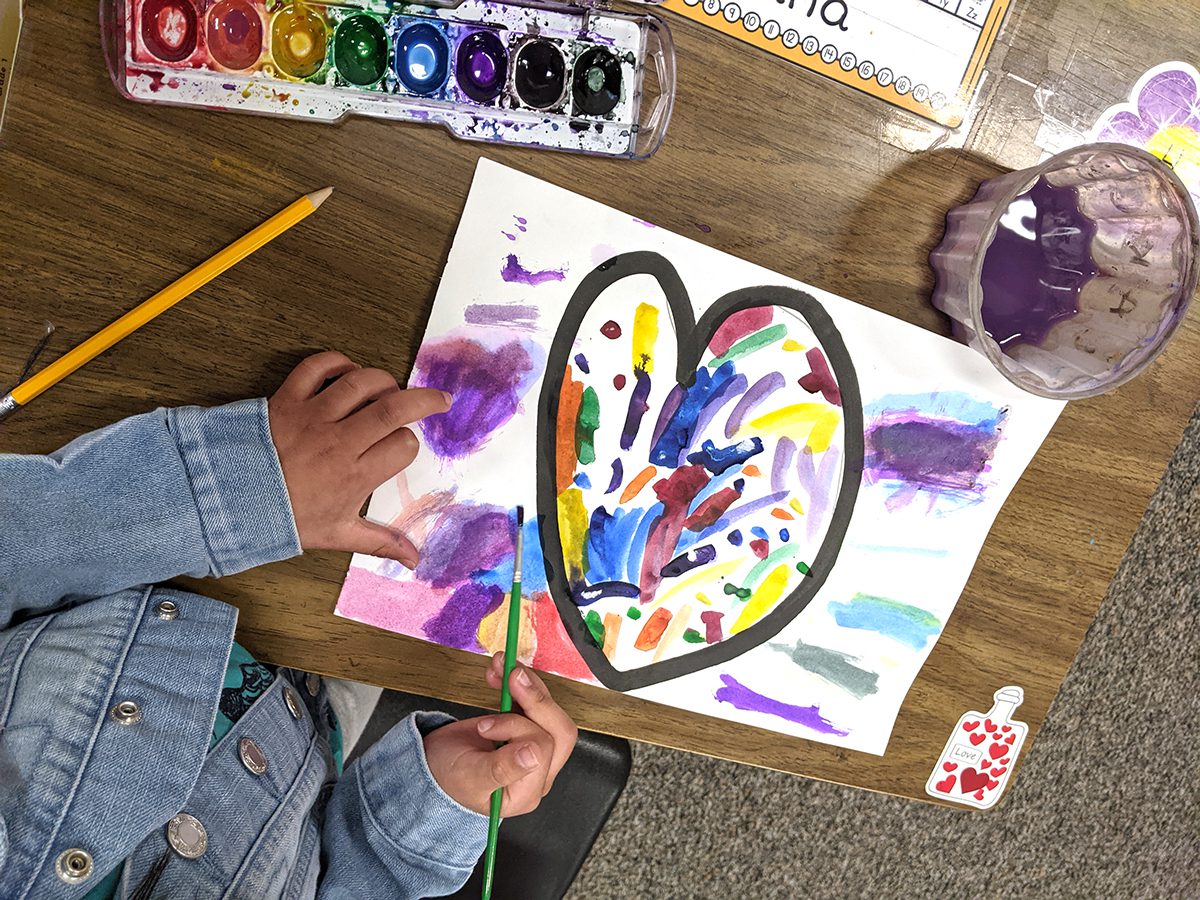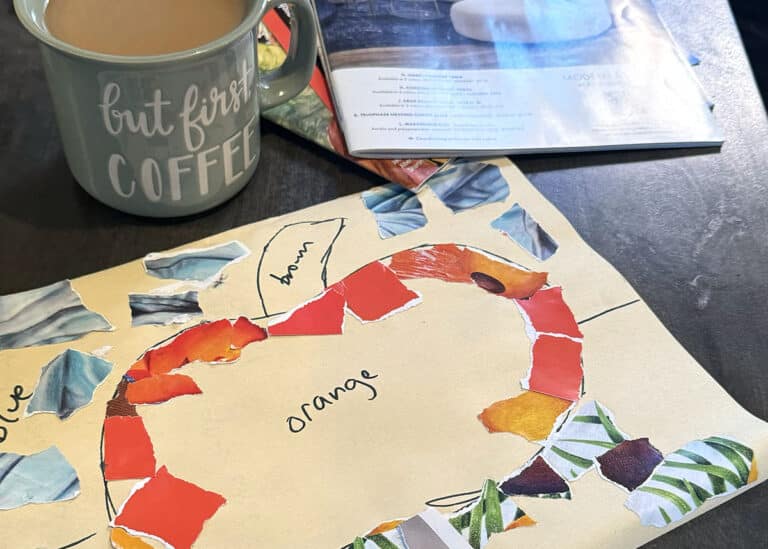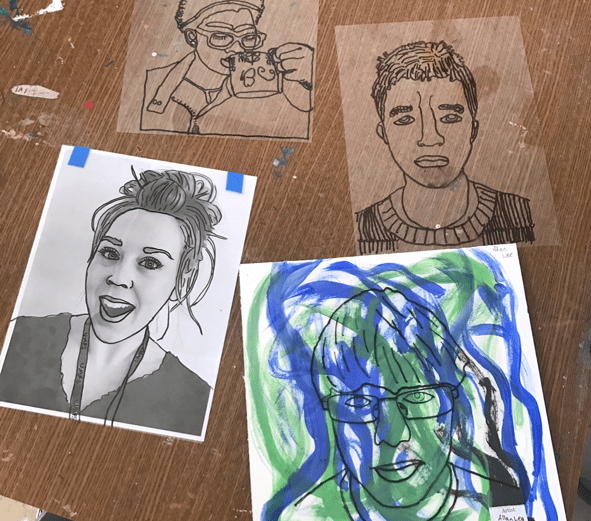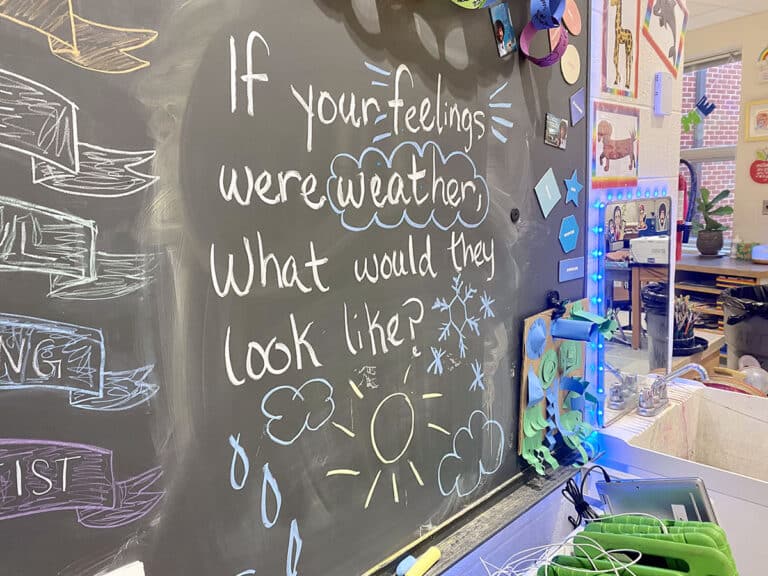In many elementary schools, kindergarten classes last about 30 minutes. It can be overwhelming trying to fit an introduction, art activity, and cleanup in a short period. Even with all these tasks, it is possible to have calm and efficient kindergarten classes.
While teaching art lessons, be aware of your students’ attention spans. This is the length of time they can focus on a task with undivided attention. For most students in kindergarten, their attention spans are around 8 to 12 minutes. There are many different strategies to keep your kindergarten students focused for that long.
These four strategies work well at every grade level and are especially helpful for our youngest learners.
For quick tips, watch the YouTube mini-series 1-2-3 A-R-T. Join veteran elementary art teacher Lindsey Moss as she addresses ways to anticipate kindergartners’ needs and meet them where they are.
For more strategies, check out the Pack Finding Success with Kindergarten in PRO Learning. This two-hour professional development is comprised of several short, teacher-facing videos and resources. It will provide you with specific ideas to plan, stay organized, and maintain engagement in your kindergarten classes to make them run as smoothly as possible. For more information about PRO, fill out a quick contact form.
For a deeper dive into the world of kindergarten art, enroll in Rethinking Kindergarten or Art and Early Childhood. Rethinking Kindergarten is an 8-week graduate course and will explore early childhood development, play-based learning, and a variety of progressive philosophies. Art and Early Childhood is designed for teachers who work with preschool through 2nd-grade learners. Gain strategies to balance play with structure and the confidence to teach your youngest artists. Connect with an admissions counselor about either of these courses.
1. Use an exciting hook.
Young students are not able to sit through long lectures and lengthy discussions. With only 8 to 12 minutes to keep their attention, you will need a short, exciting hook. Kindergarten students will be more intent on listening if the first few moments of class capture their attention. Consider reading a picture book, showing a quick video, or playing a catchy song to start the lesson.
I have kindergarten students gather on the rug at the front of the room. This makes it easier to focus their attention and manage behaviors. It also helps to make the lesson introduction interactive. If you are teaching the element of shape, draw a few shapes on the board and have students turn them into animals. If the lesson is on the rainbow, have students share what classroom items match each color.
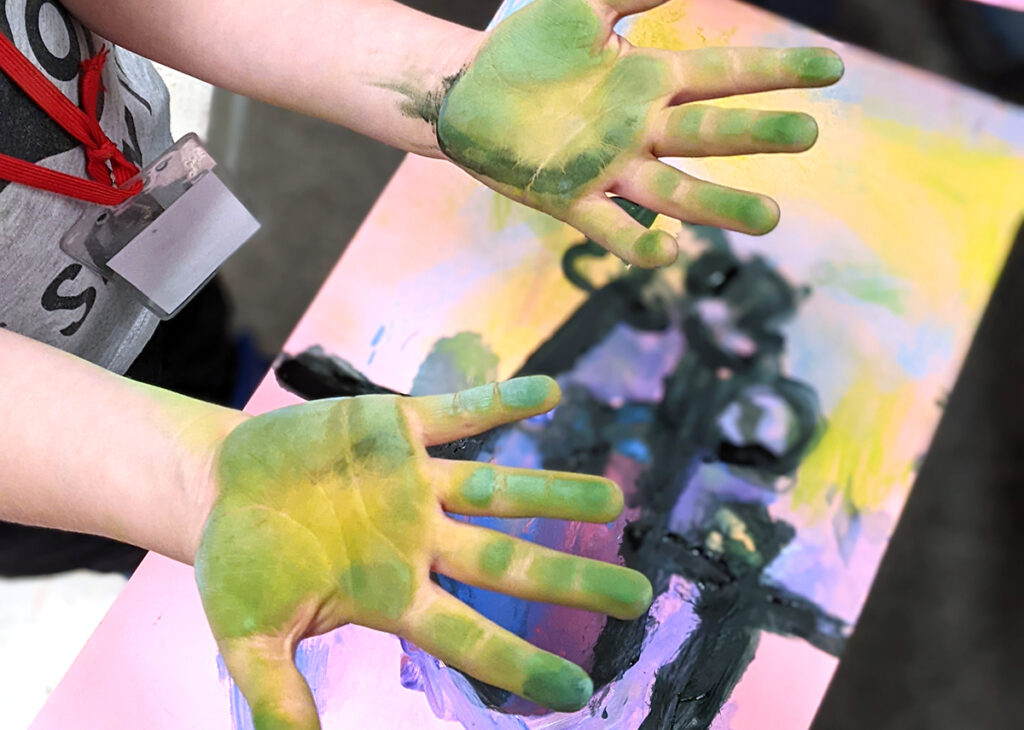
2. Sprinkle fun rhymes into expectations.
Throughout the year, it’s important to communicate and reinforce art class expectations and rules with students. For kindergarten students, list your procedures in a more interactive way. If you list off rules in a monotonous tone, you will lose their attention. Consider saying the rules through rhyme or song—sprinkle in a little fun so students remember them better! For example, in my art class, we twist the glue stick down when putting the lid back on. To help my kindergarten students remember this, we say, “Bye, bye!” to the glue stick as it twists down.
If students need a more focused refresher, gather them in a central spot, such as the classroom rug, to watch you explain and demonstrate procedures. Say the expectation, model the correct procedure, and then pause for the information to sink in. You can even select a few students to model how to follow directions. Once they show the right way, have the audience give them a cheer! Here are other strategies for teaching how to use supplies to your students and fresh call and responses.
3. Plan ahead.
Be sure to plan ahead and prepare each art supply before the class begins. During a short class, each moment counts. If you are running around the room gathering supplies, you will lose your kindergarten students’ attention. Another tip is to only provide the needed tools for each activity, or step within an activity, on tables. We often find it’s easier to have all of the supplies in table caddies. However, this can provide too many options or temptations for younger artists. For example, if you are doing a simple drawing project in kindergarten, the only items that should be on the table are paper and pencils.
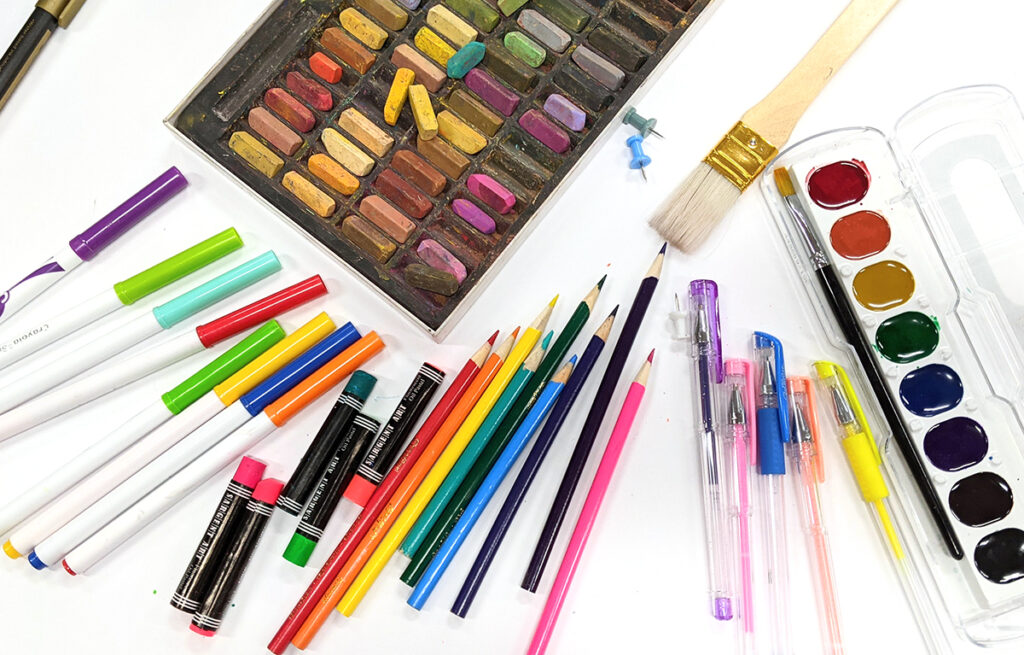
4. Use affirmations.
Oftentimes, kindergarten students are drawing everything for the very first time in their life. Since this may be their first artmaking experience, they could feel frustrated and discouraged about drawing. Affirmations teach students positive self-talk. Have kindergarten students repeat affirmations like “I can do this,” “I believe in myself,” “I am an artist,” or “I got this!” This strategy helps your younger students gain confidence, refocus, and follow your lesson.
Along the same lines, have students enthusiastically repeat each step to maintain their attention and energy levels. For example:
- Teacher: Pick up your pencil, please. Everyone, say “Pencil!”
- Students: Pencil!
- Teacher: Time for us to draw one square. Say, “One square!”
- Students: One square!
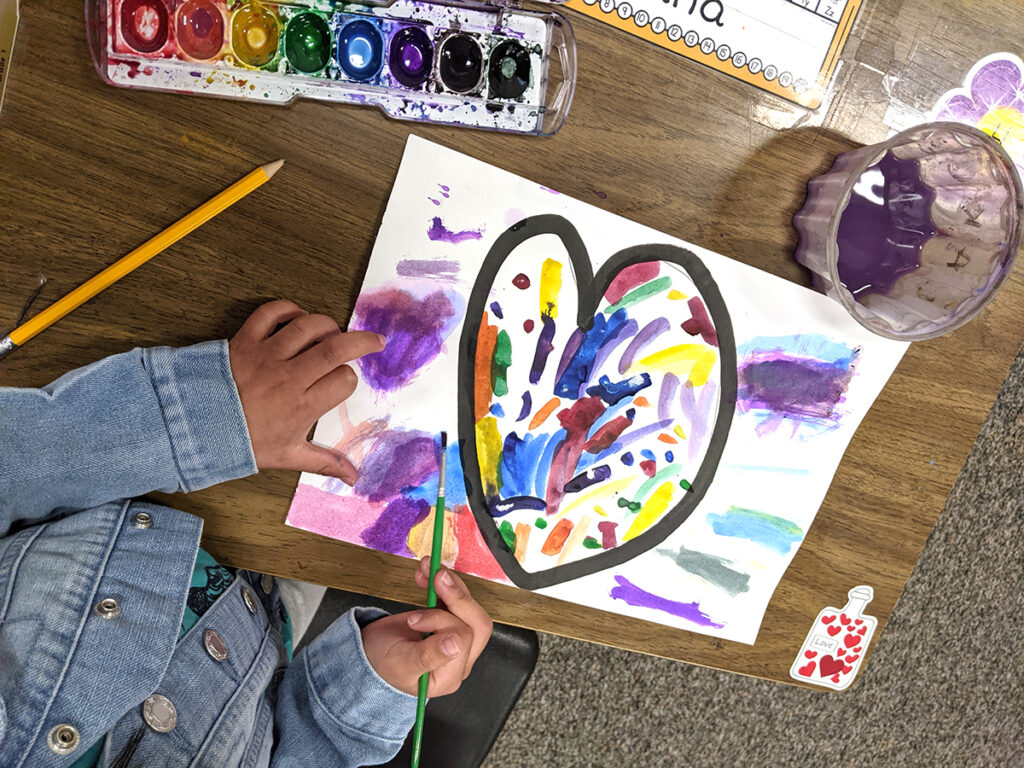
Young students are eager to learn and make art. For some kindergarten students, your class is their first introduction to creating their own personal artwork. Use the strategies above to manage behaviors and encourage creativity in your classroom. Set the stage for your kindergarten students to build confidence in their art skills. With clear and catchy procedures, helpful preparation, and affirmations, you will be ready to host successful kindergarten art classes in no time.
Here is more helpful kindergarten content:
- DITL of an Art Teacher: Plaster Tips and Kindergarten Art Shops (Ep. 7)
- 3 Fun Ways to Teach Kindergarteners About Primary Colors
- Bridging the Kindergarten Gap (Ep. 203)
- 7 Lesson Ideas to Engage Kindergarteners in SEL Through the Elements of Art
- Learning to Love Kindergarten (Ep. 006)
What is your favorite tip for maintaining kindergarteners’ attention?
How can you sprinkle fun into your rules and procedures?
Magazine articles and podcasts are opinions of professional education contributors and do not necessarily represent the position of the Art of Education University (AOEU) or its academic offerings. Contributors use terms in the way they are most often talked about in the scope of their educational experiences.
